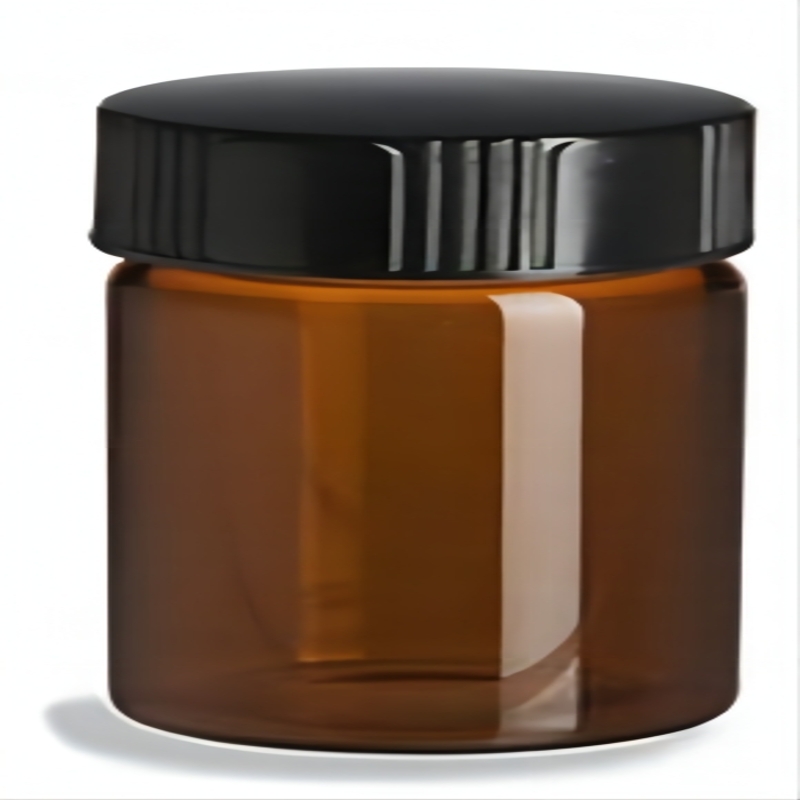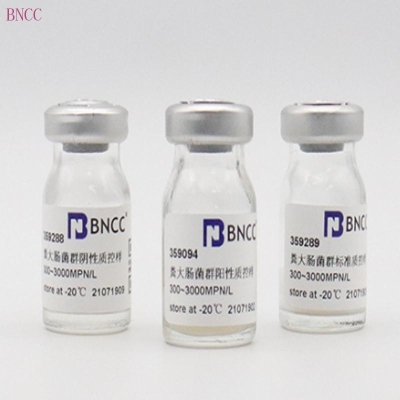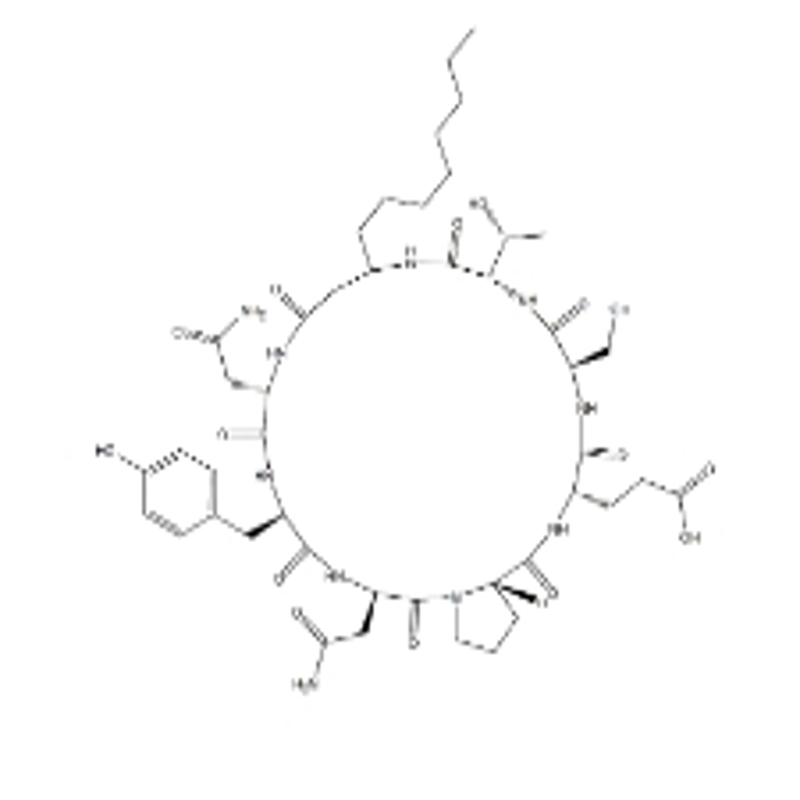-
Categories
-
Pharmaceutical Intermediates
-
Active Pharmaceutical Ingredients
-
Food Additives
- Industrial Coatings
- Agrochemicals
- Dyes and Pigments
- Surfactant
- Flavors and Fragrances
- Chemical Reagents
- Catalyst and Auxiliary
- Natural Products
- Inorganic Chemistry
-
Organic Chemistry
-
Biochemical Engineering
- Analytical Chemistry
-
Cosmetic Ingredient
- Water Treatment Chemical
-
Pharmaceutical Intermediates
Promotion
ECHEMI Mall
Wholesale
Weekly Price
Exhibition
News
-
Trade Service
With the continuous development of global urbanization, bacteria, viruses and other microorganisms attached to humans are also frequently exchanged in the traffic track, and even exist stably, and gradually become part of our lives
.
Some microorganisms may have potential unknown pathogenicity similar to COVID-19, some microorganisms are related to antimicrobial resistance, and some microorganisms may have city-specific characteristics.
The mining and discovery of this information is of great importance to humans.
Healthy development is of great significance
.
This also makes it more urgent to map the types and distribution of microorganisms in the cities on which we live
.
Recently, researchers from the Cornell Institute of Medicine in the United States published a study titled A global metagenomic map of urban microbiomes and antimicrobial resistance in "Cell".
The team collected data from 32 countries and 60 countries around the world in three years.
Through metagenomic sequencing of nearly 5,000 samples from two cities, 10,928 types of viruses and 748 types of bacteria were found, a map of global urban microbes was drawn, and urban distribution characteristics were discovered
.
DOI: https://doi.
org/10.
1016/j.
cell.
2021.
05.
002 In order to learn more about the microbial populations in cities, researchers studied public transportation systems (rails, benches, and ticket booths) in 60 cities around the world.
4728 samples were collected, and nearly 12,000 microbial data in each sample were obtained through metagenomic sequencing
.
Based on the sequencing information, the researchers conducted a statistical analysis of the distribution of microbial species in the global urban environment, and found that the city has a "core" microbiome.
About 1145 species of microbes basically appeared in all samples, of which 31 were The species is the most conservative
.
In addition, the most abundant microbial species is Keratobacterium acnes, which has a relatively stable abundance distribution in all samples and is a known human skin symbiotic bacteria
.
Urban "core" microorganisms Humans are the main component of the urban environment, so is it possible that the microbiome in the urban sample is similar to the symbiotic microorganisms in the human body? The researchers combined the non-human DNA fragments in the sample with 50 randomly selected samples from five symbiotic microbiome sites (feces, skin, airway, gastrointestinal tract, and genitourinary tract) in the Human Microbiome Project (HMP).
By comparison, it is found that there are certain differences in the microbes between the samples in this study and the samples from different parts of the human body.
However, the samples collected from doorknobs, buttons, railings, and touch screens that may be frequently contacted by human skin are indeed comparable to human skin.
The microbiome is relatively similar
.
Although the core microbiome has been found in almost all urban samples, other microbial diversity is still affected by the urban population density, average temperature in June, regional altitude, surface type, surface material, height from the ground, and The effect of distance from the coast
.
After further analysis, the researchers found that the diversity of microorganisms in these samples is closely related to the urban climate, but not very strongly related to surface materials
.
Microbial distribution characteristics The obtained microbial data was further identified and classified, and it was found that most of the samples contained species from Actinomycetes, Bacteroides, Firmicutes and Proteobacteria, but some of their relative abundance seemed to be continental preference , The proportion of Firmicutes in the Middle East and Oceania is higher than that in other regions
.
In addition, researchers also found that antimicrobial resistance genes are widespread in cities, and their types vary from continent to continent, but the abundance of antibiotic resistance genes is generally low
.
It is also worth noting that the researchers found that many new bacteria and virus species exist in the city through a mapping comparison with known microbial databases
.
The distribution and abundance of antimicrobial resistance genes in cities, the author of the study, Evan E.
Afshin, said: Based on these sampling and sequencing analysis results, only the DNA on the shoes can be sequenced to predict a person’s residence, with an accuracy rate of up to 90%.
%
.
The study also found that many factors affect the urban microbial community, and the findings of these different characteristics also provide some possibilities for forensic research
.
In addition, the accumulation of data on antibiotic-resistant strains and resistance genes has also provided doctors, scientists and public health officials with certain insights in dealing with public health issues
.
End reference materials: [1]https://







